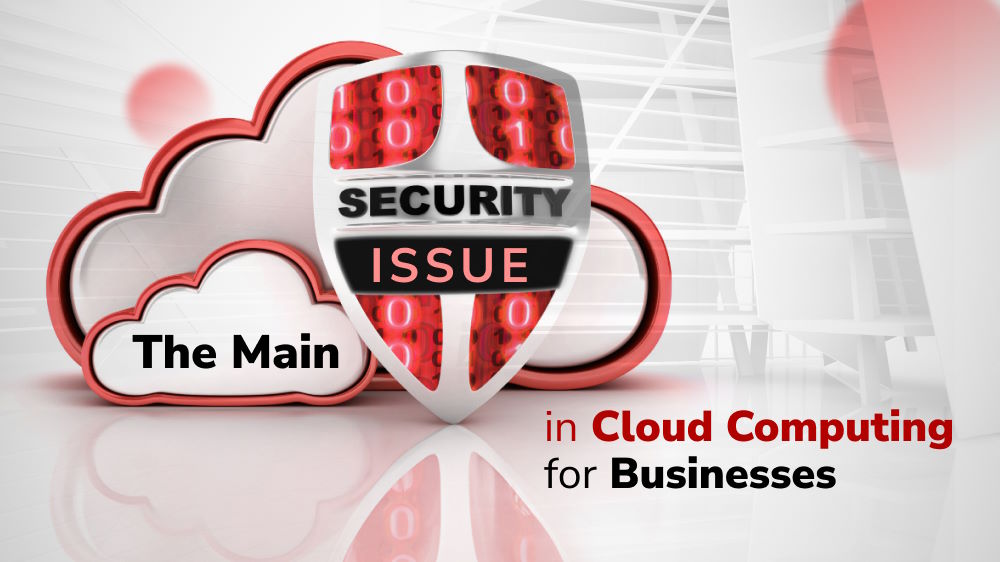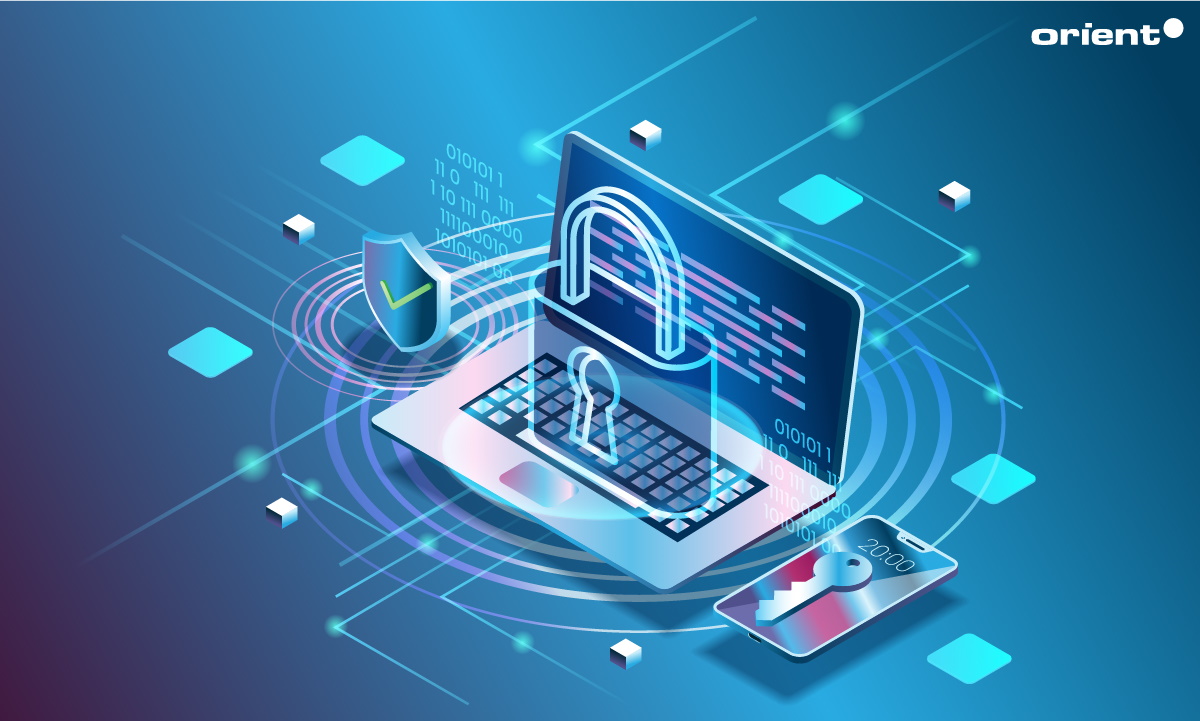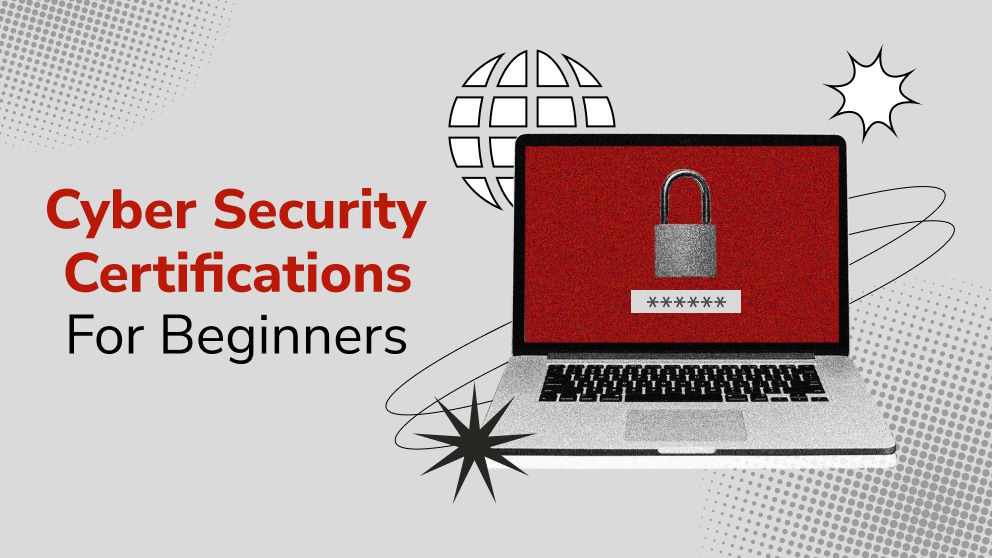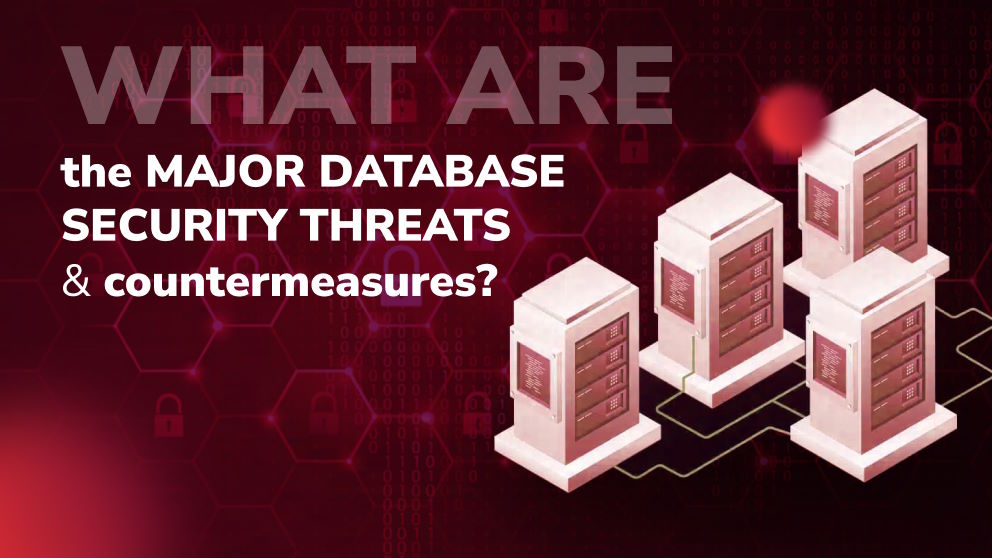
All the Common Cyber Security Risks & How to Resolve Them

Content Map
More chaptersCybersecurity has become a genuine concern encountered by anyone, from individuals to organizations. In the business realm, the emergence of the digital ecosystem is a double-blade sword as it can boost business growth while making any company a reachable prey for cyber criminals at the same time.
By 2023, there are estimated to be approximately 33 billion account breaches occurring worldwide. Plus, 800,000 cases of cyber attacks have been recorded in total, and there is a hacker attacking every 39 seconds. The total expenditure of cyber crime is projected to reach $8 trillion in 2023 and will rise to $10.5 trillion by 2025, as stated by Cybersecurity Ventures. What a disturbing fact!
The widespread leverage of technology and the reliance of humans on it for almost everything possible, for example, the rising role of AI and robots in our everyday life, has brought the problem of cybersecurity threats to the next level of severity. Additionally, since technology evolves by the day, cyber security threats and attacks have increased in number and become more sophisticated than ever, which is a warning for all who use or interact with digital systems on a regular basis.
In this writing, we are going to give you a rundown of all the typical cyber risks and threats, as well as ways to resolve them. But before that, let’s explore the different types of cybersecurity threats first.
What Are the Types of Cyber Threats?

A cyber-attack is defined as any attempt to deliberately disrupt, modify, or even destroy data, a computer system, or the networks that it is connected with. And a cybersecurity risk is when a malicious actor can take advantage of vulnerabilities or loopholes in an organization’s security system to gain access and steal sensitive data for malicious purposes.
Based on the nature and the cause of each, cyber threats and attacks can be broadly grouped into five main categories: Human error, malicious actors, software vulnerabilities, infrastructure threats, and data exposures.
Human Errors
This type of risk refers to the insider threats, such as carelessness or the lack of awareness, that may lead to accidental data breaches. It occurs when people make mistakes that result in data loss or theft or access to systems by unauthorized individuals. This could comprise something as simple as an employee clicking malicious links in a phishing message or email, giving away login information without proper authentication, leaving devices unattended, or incorrectly configuring systems. As a result, artificial intelligence has been incorporated into cybersecurity risk management to lessen human intervention and mitigate the threats brought on by human error.
In the case of malicious insiders, they are internal users with privileged access to the system but exploit that access maliciously. They use their authorized access to confidential data as a tool for espionage, sabotage, or theft.
Malicious Actors
Commonly known as threat actors, these refer to malicious attackers (such as hackers, phishers, spammers, and cybercriminals) who intentionally try to gain unauthorized access to your systems and networks to steal information or wreak havoc on digital assets.
Threat intelligence data, which is the statistics collected, processed, and analyzed to study a malicious actor’s motives, targets, and behaviors, is often utilized to identify potential cyber risks before they happen or cause any harm.
Software Vulnerabilities
As the name suggests, these are flaws and weaknesses in software code that leave your systems exposed to cyber-attacks. These weaknesses can arise from programming errors or inadequate security measures within the software itself. Hackers exploit loopholes to steal legitimate access to confidential data, modify the performance levels of a system, or even take control of it.
Infrastructure Threats
These are external threats covering a wide range of risks that arise from outside the digital environment, which could consist of physical attacks (such as theft of digital assets, sabotage of a system, natural disasters, hardware failures, power issues, or other hazards) and cyber risks on a target system or network server (including DDoS attacks, malware campaigns, or phishing attempts). Needless to say, these unwanted events can cause significant disruption and damage to systems and networks.
Data Exposures
These cyber-attacks occur when sensitive data is exposed to public view due to poor security measures or accidental leakages. For example, you unexpectedly or accidentally reveal your account numbers, passwords, credit card details, and other sensitive information. In such cases, people can steal data and use it for malicious intent, such as personal gain or financial fraud.
Top Prevalent Cyber Security Risks, Their Consequences & Solutions

Now that we have categorized the threats and attacks into different types, it is time to go into detail about each cyber security risk, namely:
Malware Attacks
Malware, short for malicious software (including spyware, ransomware, viruses, or worms), is any form of code that is designed to enable malicious functions on a target system, such as denying access, stealing data, or encrypting files. Malware can be spread through malicious websites, emails, and social media messages, as well as USB drives or other removable media. Cybercriminals use it to spy on users’ activities, steal users’ credentials, access confidential data, corrupt data, or else.
Prevention: Malware attacks can be prevented by using reliable antivirus software and updating it regularly, as well as using firewalls and encryption technology.
Phishing Attacks
These are fraudulent activities in which cyber attackers trick users into revealing confidential information or installing malicious software. They usually come in the form of deceptive emails, messages, links, phone calls, or SMS that appears to originate from legitimate sources but actually send users to malicious websites or contain dangerous attachments.
Prevention: Security teams should educate employees on recognizing phishing attempts and never clicking on suspicious links or opening unknown emails without proper authentication. Users should also install anti-spam filters for their emails to block potential threats.
SQL Injections
It is an attack in which hackers use malicious code to gain access to confidential data stored in the backend database. They inject malicious SQL commands into web-based applications or URLs, allowing them to access and manipulate the underlying data stored in the database.
Prevention: To prevent SQL injection attacks, organizations should ensure that input validation measures are implemented before any data is processed. Additionally, they should regularly update vulnerability patches and audit their systems for potential threats.
Man in the Middle Attacks
For your information, a Man in the Middle (MiTM) attack, also known as traffic interception, happens when attackers intercept the network traffic between two or more nodes. The purpose of this action is to eavesdrop on confidential or sensitive data and use it for malicious purposes, commonly to steal financial or log-in information.
Prevention: You should deploy the latest security tools and systems to detect any suspicious activity on their networks. Furthermore, you can also implement intrusion detection systems (IDS) and encryption technologies for data-in-transit to protect communications from being compromised. Moreover, users must be made aware of the threats posed by traffic interception attacks and encouraged to be extra vigilant when accessing websites or applications over public networks. They should also limit access to sensitive data and use two-factor authentication for critical accounts.
Social Engineering Attacks
Social engineering attacks are based on the manipulation of users into revealing confidential information or granting attackers access. Cyber criminals use different tactics, such as phishing emails, telephone calls, or text messages, to trick users into providing sensitive information or downloading malicious software.
Prevention: Make sure you get yourself familiarized with how social engineering attackers approach and deceive users. Be cautious with any suspicious or unknown message, email, call, or website you encounter.
Data Breaches
These threats are the most common ones. Data breaches are the unauthorized access and/or disclosure of confidential information or private data. Data breaches can be caused by malicious actors exploiting vulnerabilities in systems or applications, as well as human errors such as accidental disclosure of sensitive data.
Prevention: Access control measures, regular audits, and security assessments should be put in place to safeguard your data and prevent data breaches from happening. Organizations should also implement access policies and enforce the principle of least privilege as providing access to sensitive data. Additionally, they should use encryption technologies for data-in-transit and account for regular backups in case of data loss.
Password Attacks
Password attacks are attempts to gain illicit access to mobile phones, accounts, or systems by guessing or breaking passwords. Hackers use sophisticated techniques such as automated brute-force attacks, dictionary attacks, and keylogging to crack user passwords.
Prevention: Prevention: Users should safeguard their passwords by creating strong and unique ones. They should also enforce password policy guidelines and regularly monitor suspicious activities on their networks. Additionally, they should implement multi-factor authentication solutions that mitigate the risk of stolen credentials being used in an attack.
Software Supply Chain Attacks
Oftentimes, a software supply chain attack occurs when hackers try to target the software development process to compromise the application itself. It involves tampering with code or introducing malicious updates on hardware or firmware components. Attackers use this tactic to plant malicious code in legitimate software packages and break into the organization’s system, illegally access data, modify existing applications, or install backdoors for future access.
These attacks can be severe as the software supply chain involves several parties like developers, suppliers, distributors, and end-users. If a hacker is successful in compromising any one of these parties, a vulnerable version of the software can potentially be distributed to many users.
Prevention: Software companies are always advised to maintain high levels of vigilance and prioritize cybersecurity to prevent the chances of becoming a victim of such attacks. Ensure that the software suppliers are vetted thoroughly, and the systems are audited regularly. Additionally, they should develop secure coding practices and utilize static application security testing (SAST) tools to detect any malicious code before it is deployed in production. Last but not least, companies should be mindful that all employees are clear about best practices related to handling software development processes securely.
Cross-Site Scripting (XSS) Attacks
Cross-site scripting (XSS) attacks involve injecting malicious scripts into webpages or applications to gain access to user data, steal credentials, or launch other malicious activities. Attackers use XSS vulnerabilities to exploit users by stealing their session tokens and hijacking – seizing the controls - their accounts.
Prevention: Organizations should make sure that their web applications are regularly tested for XSS vulnerabilities. Additionally, they should implement input validation measures to block malicious scripts from being executed on the server side. Furthermore, they should also train their employees on how to identify and prevent XSS attacks.
Zero-Day Attacks
This is an incident in which cybercriminals exploit a vulnerability in software, network, or system that is unknown to developers and overlooked before. This means that there will be no patches or fixes available to protect users from these types of attacks. So, attackers can make use of such security loopholes to cause
Prevention: Implement a routine schedule to identify and install the latest updates and patches to your software and operating system. You can keep reliable and up-to-date anti-virus software running on your system to detect and prevent malicious attacks. Don’t forget to provide training and education about the latest security threats and vulnerabilities to staff and also end-users. Implement firewalls, intrusion detection systems (IDS), and other network security protocols to monitor network traffic and identify and block suspicious activity. Restrict access to vulnerable systems and services to minimize exposure to zero-day exploits.
Final Thoughts

Now that is an overview of the most common types of cyber attacks and their respective prevention measures. It is crucial for you to note, however, that no system or network can be completely free from threats. Organizations and companies should take proactive steps to protect themselves against these risks and regularly monitor for suspicious activity. Additionally, they should implement an incident response plan in case an attack does occur, as this will help them minimize the damage and quickly recover any lost data or systems. By understanding what risks you are about to deal with and how to handle them properly, organizations can ensure that their networks remain secure and protected from malicious actors.
One of the best security solutions to prevent cybersecurity threats from occurring or causing damage is to have a full-fledged security team to back you up around the clock. You stand at the crossroad of whether to set up one from scratch or outsource an available one from a third-party service provider. Either way has its own advantages. A company may choose the former if they want to have full control over its security protocols, while the latter could be a better choice if they want to save time and resources. With the help of a reliable outsourced cybersecurity team, you will be able to stay ahead of potential threats and safeguard your data from any kind of malicious attack while saving on costs and resources.






